Businesses today have many different options for credit card processing and virtual terminals is a great one. Countertop terminals have long been the norm, but virtual terminals are becoming increasingly popular and here is why.
What is a virtual terminal?
A virtual terminal is a web-based platform that allows you to process transactions using your computer, laptop, tablet or smartphone via a web browser. It is hosted online by your service provider and is a secure web-based form that is filled out by the cashier at checkout. As long as you have the ability to access the web, you can process a payment.
Virtual terminals are extremely versatile offering a variety of solution set ups:
• a front-office payment solution where customers pay at the counter
• a back-office solution where payments come in by phone, fax, mail to be manually key entered
• an eCommerce solution where customers submit their payment on a website
• on-the-go mobile solution where payments are accepted via smartphones and tablets
How does a virtual terminal work?
Once you have set up an account with your payment service provider, you go online, log in and fill out the payment form with the credit card information and initiate the transaction. Depending on the virtual terminal system, you may also have an external card reader. When the card is present, you can swipe the card and the system will auto-populate majority of the card holder information.
What types of businesses use virtual terminals?
Initially, virtual terminals were developed for businesses who process in a “MOTO” or Mail Order/Telephone Order environment, meaning the card was seldom, if ever, present and the transaction was manually key entered.
Now, with the help of technology, virtual terminals offer the option of integrating external card readers where credit cards can be swiped or dipped to accept card-present transactions in traditionally storefront environments.
There are many different types of businesses that use virtual terminals: from small offices to large hospitals. The recurring payment feature makes it possible for small coffee roasters to use this payment solution for online coffee subscriptions, for large hospitals to use it for bill payments, and car dealerships to use for monthly car payments.
The versatility of this payment solution makes gyms, businesses who sell at farmer’s markets or trade shows, businesses in a MOTO environment as well as retail storefronts all potential candidates.
What are the benefits of using a virtual terminal over a countertop terminal?
Virtual terminals offer businesses the convenience of recurring billing, storing customer card data safely, and the ability to collect payment without having to wait for the client to send a check or initiate individual payments.
It eliminates the need for purchasing or leasing traditional terminals, saving money and freeing up counter space.
In addition, businesses can process transactions anywhere they have an internet connection, providing true mobility.
Most virtual terminals allow for multiple users where businesses with large payment centers can potentially have hundreds of users process payments from their individual computers at the same time vs. having to stand in line waiting to key in every transaction on traditional terminals.
Is a shopping cart, payment gateway, and virtual terminal the same thing?
No, each is different; at times some may partner together to process a transaction, and at times may stand alone depending on the business needs.
- A virtual terminal allows the business to enter the credit card transaction data for their customers.
- A payment gateway is the “equipment or the vehicle” that is used to move the transaction from the virtual terminal to the processor for payment.
- A shopping cart is where customers can select items for eventual purchase at an online store. These items are placed into a virtual shopping cart where they are remembered. When they are ready to “checkout” with their shopping cart items, customers are usually moved to a payment gateway to complete the purchase and pay for their goods or service.
What types of payments can be accepted with a virtual terminal?
In general, most virtual terminals should accept all major credit cards, Visa, MasterCard, Discover, and American Express. Some can accept payments from debit cards and other forms of payment like PayPal or e-checks (electronic checks). What your virtual terminal can process will depend on the options your processor offers, so speak with your Merchant Service Provider about what functions you need.
Are virtual terminals secure?
Yes, because virtual terminals use payment gateways to move the transactions to the processor, there is increased protection with the additional security features payment gateways provide. Most virtual terminals offer security features like tokenization, encryption, and CVV verification.
That being said, as virtual terminals process over the internet, data breaches can occur; PCI compliance and firewall protections are vital components to enhance security. Speak with your payment solutions partner about any other forms of security and protection that is available to you.
What are the drawbacks to virtual terminals?
In most cases, the card and the card holder are not present, which means the merchant will not receive a customer’s signature for their records.
In the event the card is not present, there is a higher transaction fee or what is called a “downgrade” in transaction lingo because the transaction is riskier with the customer and card-not-present. Remember, the security features of EMV are only for card-present transactions.
Not all virtual terminals are created equal, some virtual terminals do not allow you to process returns or refunds, and some will not accept debit cards while others may not offer recurring billing.
How much does a virtual terminal cost?
The cost of virtual terminals will vary depending on your processor and possibly how you process transactions (card-present/card-not-present). Added features like tokenization and encryption as well as equipment purchases like external card readers and printers can add to the cost.
In general, there is a monthly fee for the virtual terminal, transaction fees, PCI compliance fees, and monthly service fee for the merchant account.
The average cost for just the virtual terminal will run between $10 – $50 per month, depending on functionality and the processor.
Do virtual terminal transactions cost more to process?
Yes, 9 times out of 10 virtual terminal transactions cost more. There are a few exceptions, depending on the processor, but most will charge extra for a key entered or card-not-present transactions because the risk of chargeback and potential use of a stolen card is much higher. In the processing world, the higher the risk of accepting a card, the more it will cost.
The best way to lower the transaction fees, when possible, is to use an external card reader. If cards are hardly ever present or not at all, the best way to keep transaction costs down is to enter in all the information you can without skipping prompted fields like zip code, CVV, etc.,
The rule-of-thumb is the more information entered, the less risky the transaction. The same is true for counter top terminals and POS systems, when the system prompts for information, the more fields or questions that can be answered, the better.

